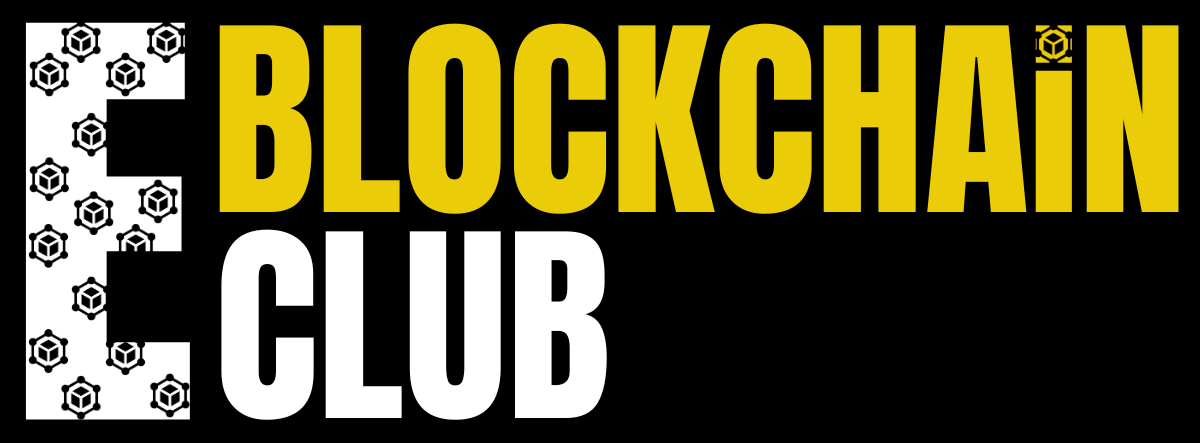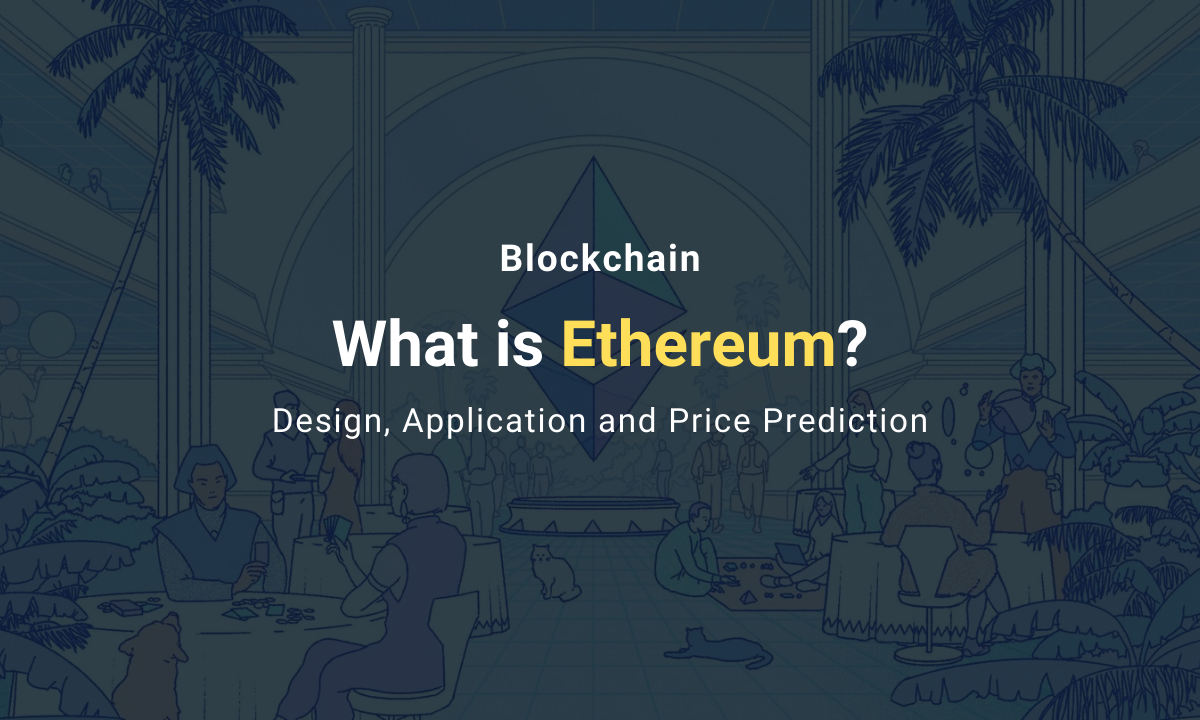It has been a while since the advent of blockchain has disrupted the financial institutions of the human society. The cryptocurrency which we see generally utilised in the financial transactions is Bitcoin. It is one of the leading cryptocurrency in blockchain transactions. But today we are going to discuss about the second largest cryptocurrency in the cryptoworld… Any guess ? Yes we are going to make a deep dive into Ethereum.
Table of Contents
To start with lets look at some inspiration of Ethereum

History of Ethereum
Back in 2015, when the Bitcoin become much popular, the ethereum block chain, which had Ether as it’s coin,was introduced by two young engineers namely “Vitalik Buterin” and “Gavin Wood”. They were the founding members of the ethereum blockchain who were joined by Charles Hoskinson, Mihai Alisie , Amir Chetrit, Joseph Lubin, Gavin Wood, & Jeffrey Wilcke. The source code of ethereum block chain is open source hence whosoever wants to update the code or contribute to the code can always raise a pull request to the source code main branch of the repository. Ethereum has grown from the scratch to a full blown architecture of the blockchain ecosystem.
Lets take a sneak pick on how the design of Ethereum is.
Design of Ethereum Transaction
Ethereum was built with an idea to create an alternative protocol for building decentralized applications. The ether coin which is the token on the Ethereum gets exchanged from one block to another which we call it as transaction then the transaction is done on the basis of STARTGAS * GASPRICE.
A typical transition function which helps in doing the transaction is shown below.

Lets look at the steps by taking the inference from above Image.
- Firstly one has to check the if the transaction is in proper formation / state.
- the signature is valid
- the nonce matches the nonce in the sender’s account and if doesn’t then it should return error.
- Secondly, calculate transaction fee STARTGAS * GASPRICE and get senders address from the signature. The fee is to be subtracted from senders’ account address and the nounce is to be increased.
- Make GAS = STARTGAS, take a cut by some quantity of gas per byte to pay for the bytes used in transaction.
- Transfer the amount to receivers account. If it doesn’t exist then make one. If reciver is a smart contract then run the contract.
- If the receiver is not able to accept the amount or the gas got empty on the receiver smart contract then add the gas fees to the miner account.
- Otherwise, refund the fees for all remaining gas to the sender, and send the fees paid for gas consumed to the miner.
Now lets see how actually the Ethereum chain is used in real world.
Applications of Ethereum
- Savings wallets: The tokens which are Ether are stored in wallet be it soft or hard wallet.
- Crop Insurance : Just like a normal insurance for home, the farmer can take crop insurance so if the insurances is purchased and the drought happens then the farmer is compensated with the ether tokens.
- Cloud computing : This technology can be used to create a verifiable cloud computing environment where in the users are asked to perform computations and occasionally asked to verify the computations. This scenario allows a creation of cloud computing market place. This type of system might now be competent for every type of tasks.
- On-chain decentralized marketplaces: using the identity and reputation system as a base.
Limitations with Ethereum
Amidst all the applications of ethereum and the its well designed framework, there are some limitations which it brings to the table.
- From many technology critiques and developers it has been found that the scalabilty issues are inherently present in Ethereum.
- The block size is not limited in this design of blockchain which makes the bloating of the blockchain pretty easy as the chain grows as compared to Bitcoin which has 1MB block size.
- The development and deployment is allowed for smart contracts which is actually great for the community and the end users of this technology however the execution of the smart contracts is pretty resource intensive and it adds more load to the network.
Despite these limitations Ethereum developers have been working to continuously improve the tech like Sharding. Sharding means splitting. In terms of Ethereum, this helps in splitting the network into smaller units such that the transaction on the network can happen in parallel.
Ethereum Price Prediction and Investment
Like other cryptocurrency, the invest in Ethereum blockchain via Ether tokens is a risky business.
One can consider the pocket size while investing in ethers. However considering the market trends currently we see that this crypto is gaining pace.
Below is the 6 month chart.

Liked Reading our blog? Read more about such tech articles at eblockchainclub.com

